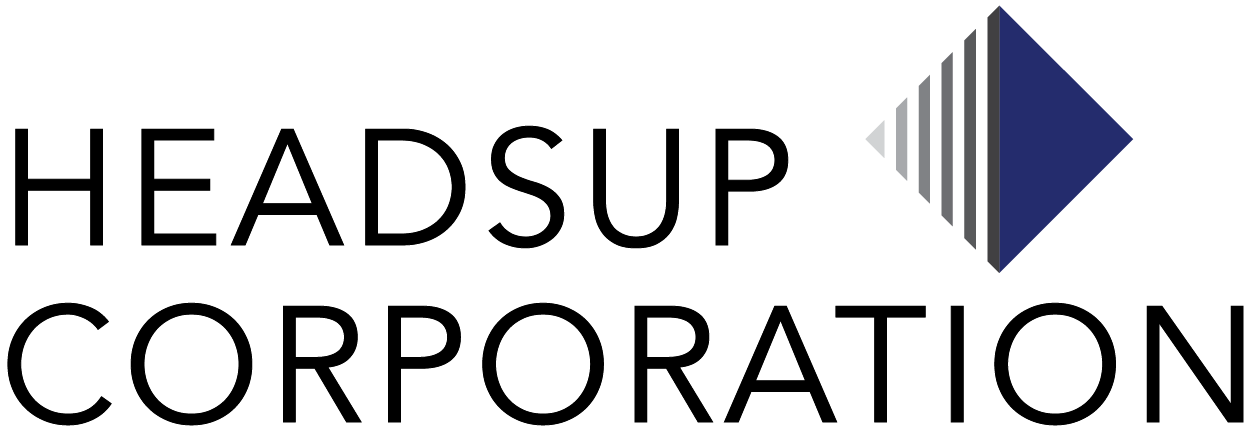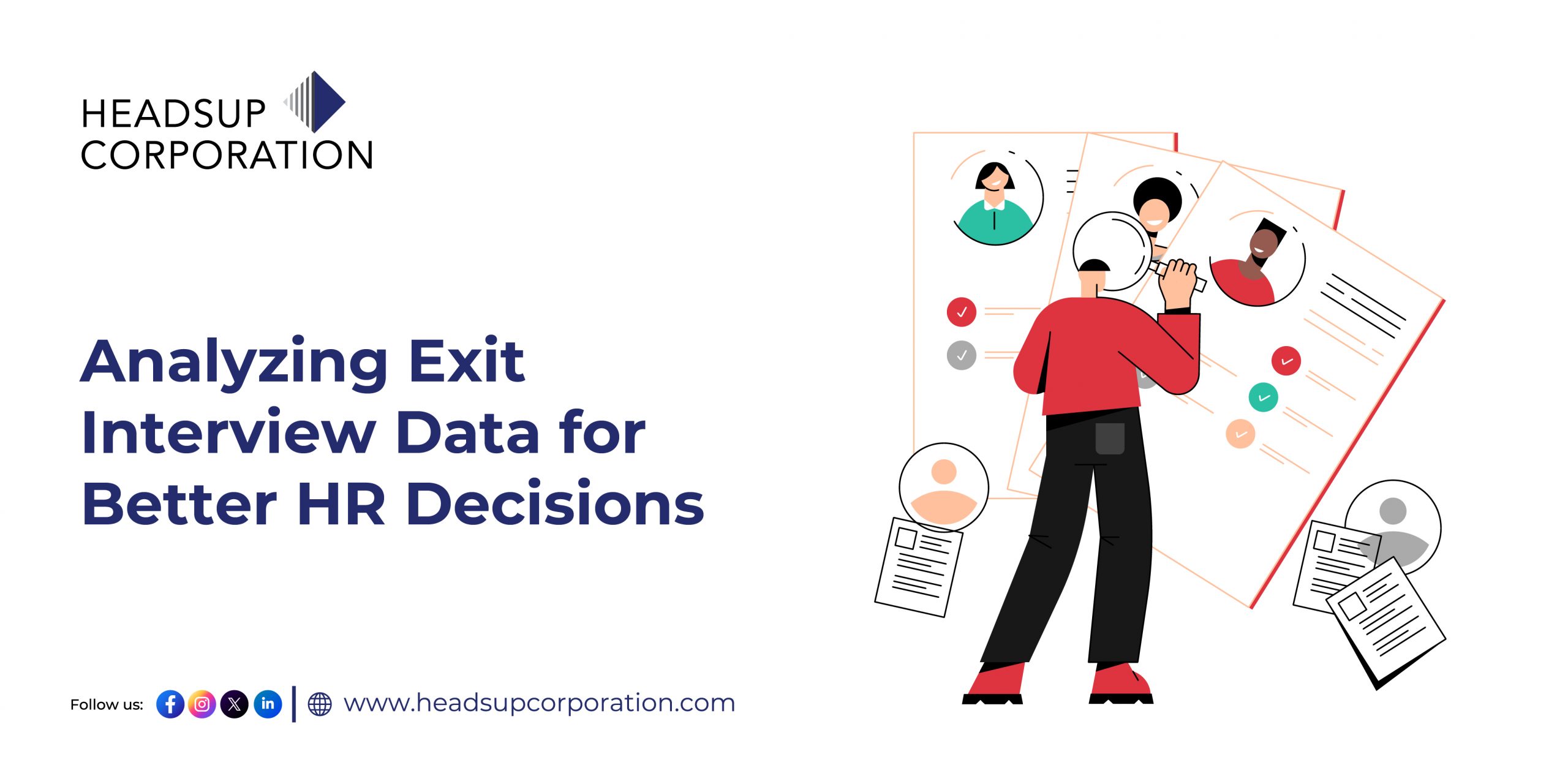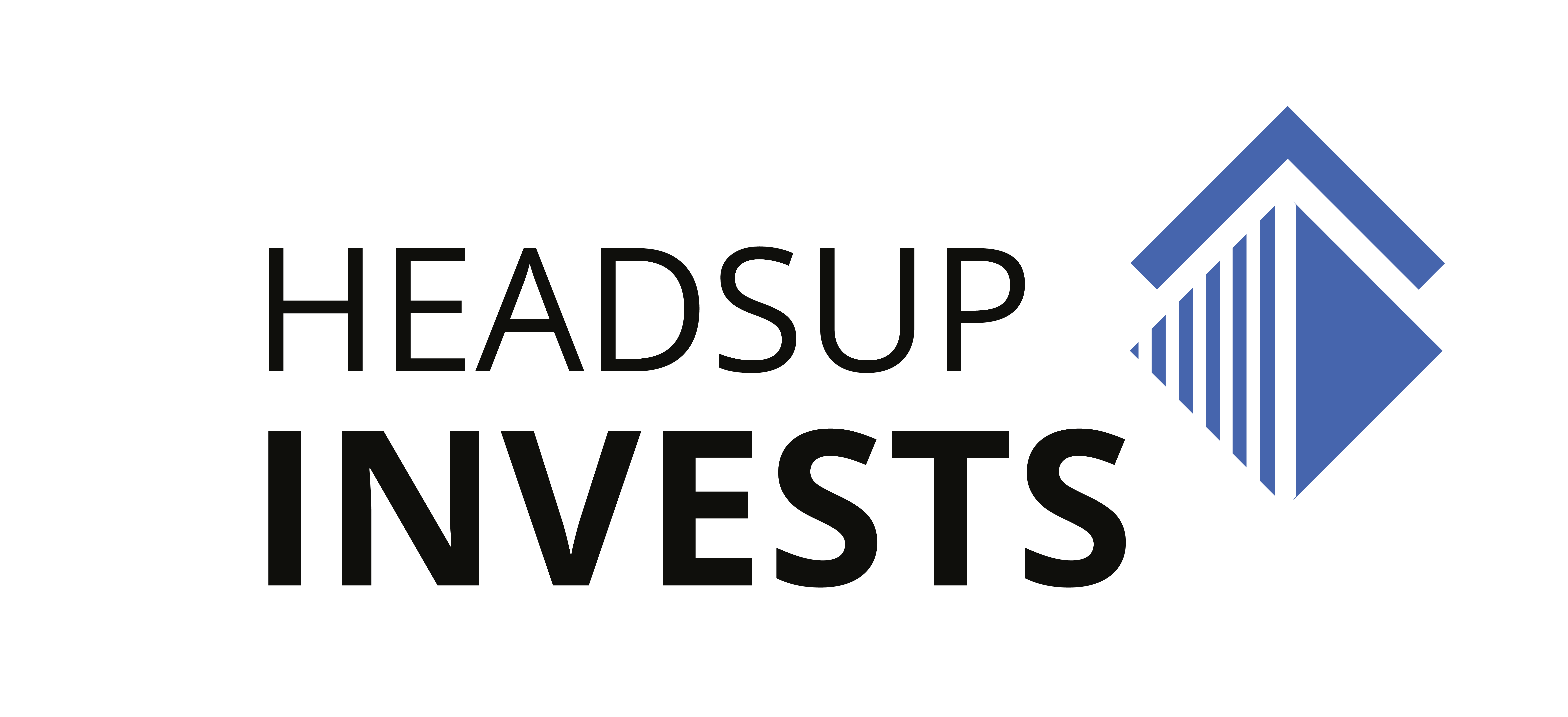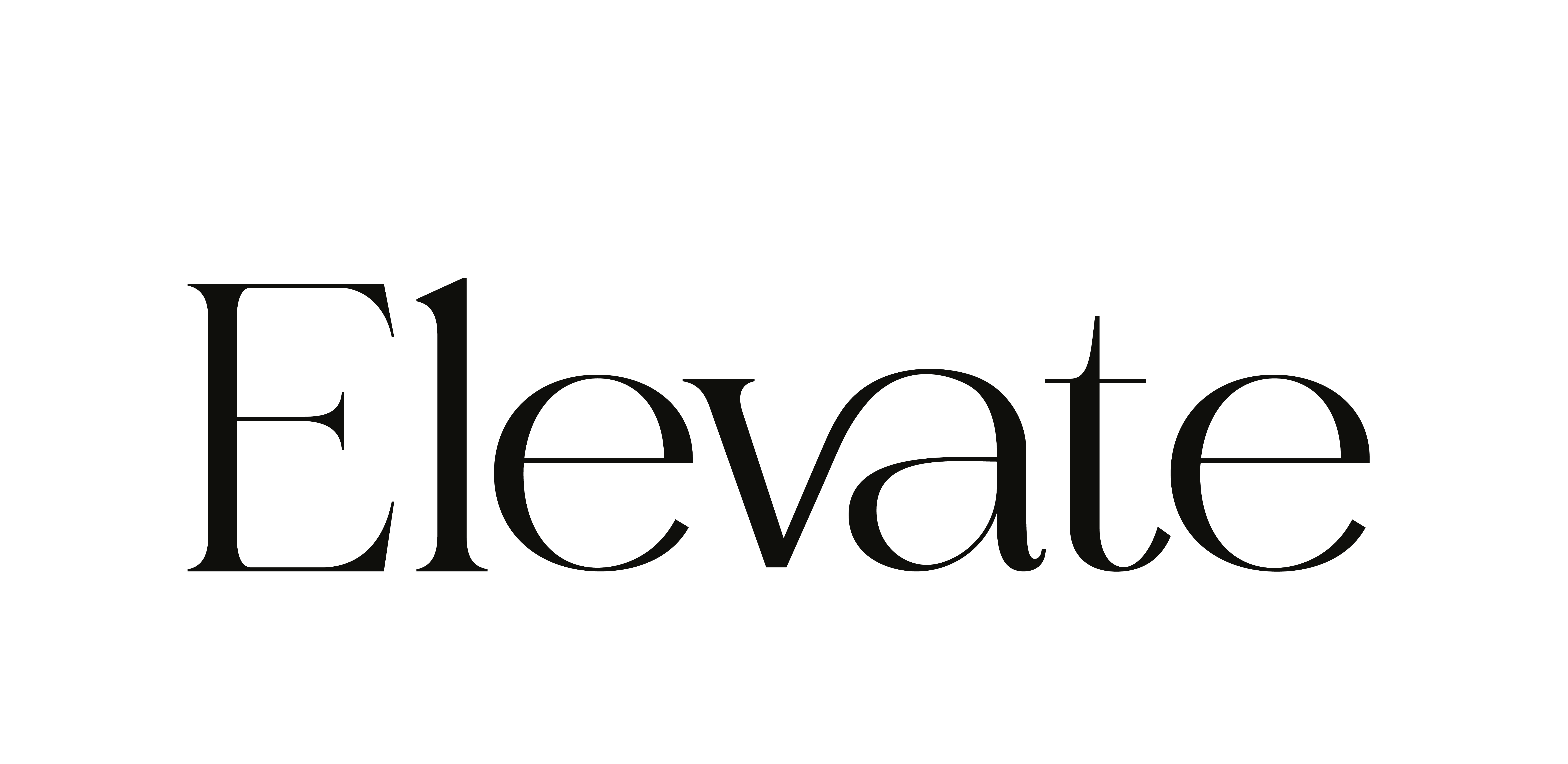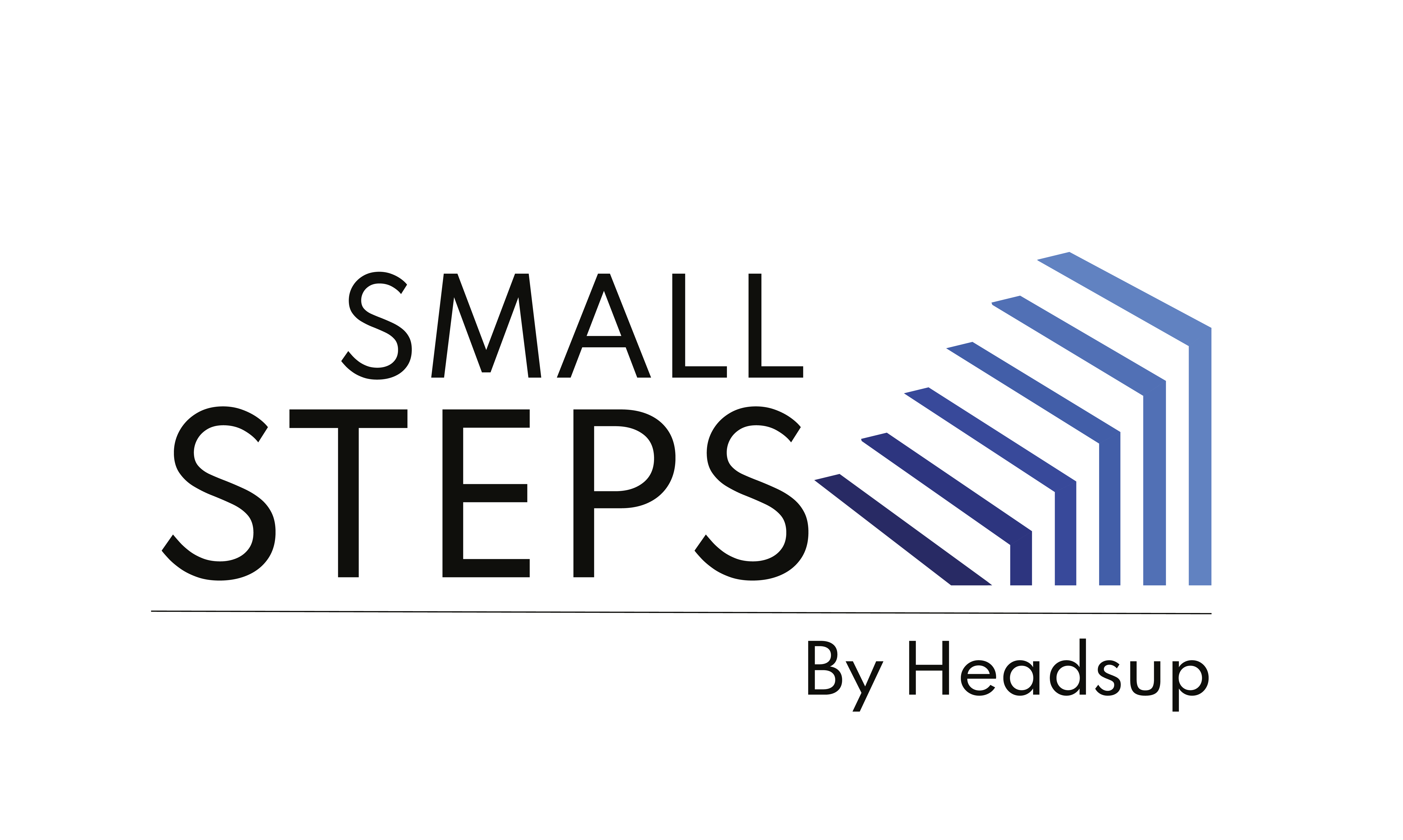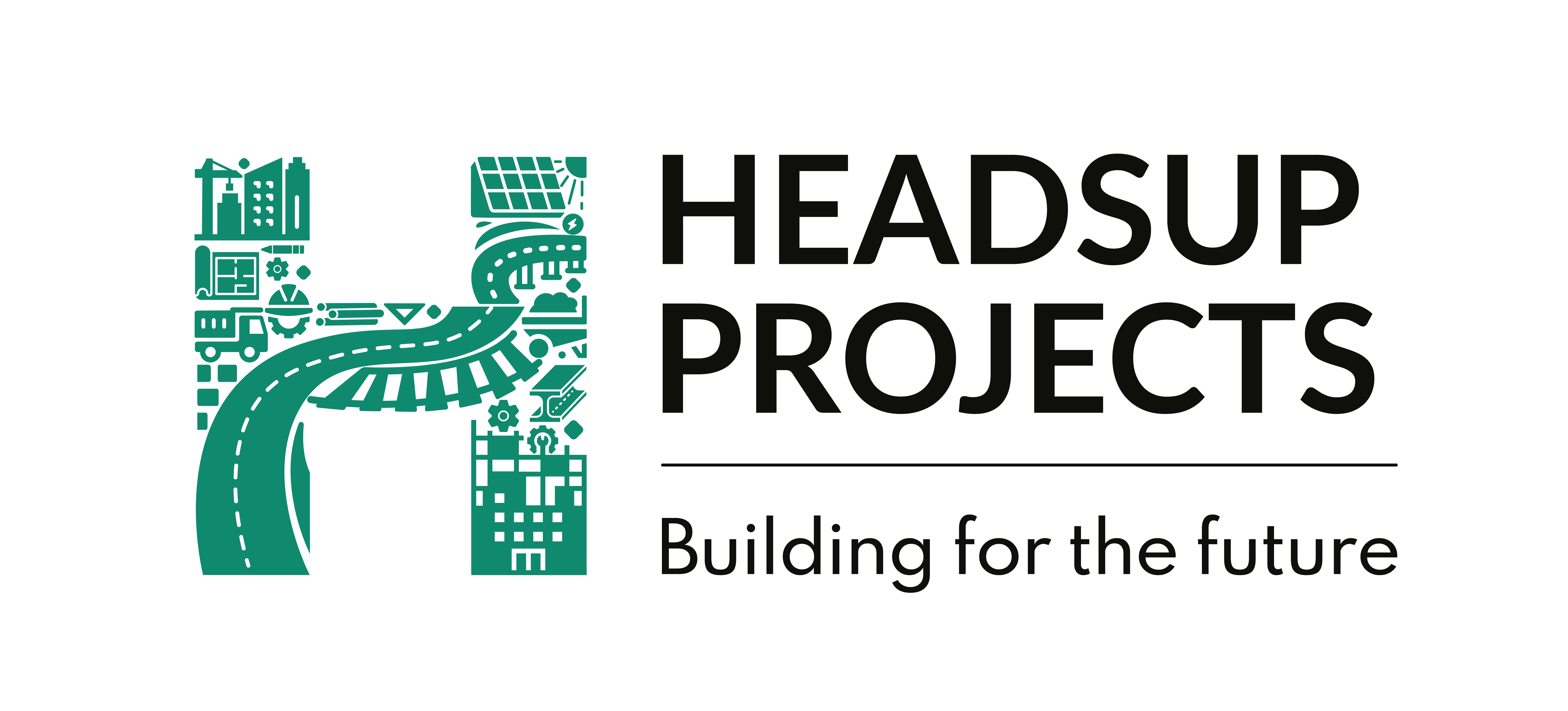Exit interviews are a treasure trove of insights for any organisation. They provide a window into why employees leave, what drives engagement, and where operational or managerial gaps may exist. But collecting feedback is just the first step; the real value lies in analysing exit interview data effectively to make informed HR decisions that improve retention, culture, and overall organisational performance.
According to a recent HR study, companies that systematically analyse exit interview data see a 20–30% reduction in preventable attrition over two years. This statistic underscores why exit interview insights should be treated as a strategic tool, not just an administrative task.
Step 1: Categorise Exit Reasons
Start by grouping exit feedback into clear categories:
- Compensation and benefits
- Career growth and development
- Work-life balance
- Management and leadership
- Work culture and environment
Categorisation helps HR identify recurring patterns and understand whether departures are isolated or systemic. For example, multiple exits citing a lack of growth in a specific team highlight a potential managerial or structural issue.
Step 2: Quantify the Data
While qualitative insights are critical, quantifying trends allows you to measure the scope and impact of specific issues.
- Calculate percentages for each category of feedback.
- Track trends over time to see if improvements are effective.
- Compare data across departments, locations, or roles to identify areas with high attrition risk.
This analytical approach transforms anecdotal feedback into actionable intelligence for HR strategy.
Step 3: Identify Key Drivers of Attrition
Not all feedback has the same impact. Look for exit drivers that consistently appear across multiple employees, such as:
- Poor management practices
- Lack of career progression
- Uncompetitive compensation
- Negative workplace culture
Identifying these drivers enables organisations to prioritise interventions and allocate resources where they will have the greatest impact.
Step 4: Link Exit Data to Business Metrics
To maximise the value of exit interviews, tie insights to measurable HR and business outcomes:
- Retention rates per department
- Time-to-fill and cost-of-hire for critical roles
- Employee engagement scores over time
By connecting qualitative feedback to quantitative metrics, HR leaders can demonstrate ROI for retention initiatives and gain buy-in from senior leadership.
Step 5: Turn Insights into Action
Analysis is only useful if it leads to practical, measurable actions:
- Address recurring management or leadership issues with targeted training
- Revise career development programs and promotion pathways
- Adjust compensation or benefits where gaps are identified
- Improve communication channels to ensure employee concerns are heard
Monitoring the effectiveness of these actions over time ensures that exit interviews become a continuous improvement tool rather than a one-off exercise.
Why Third-Party Exit Interviews Strengthen Analysis
Organisations that leverage third-party HR services often gain more reliable data:
- Employees provide honest feedback without fear of reprisal.
Third-party vendors ensure consistency in data collection across locations or teams. - Aggregated insights are objective and actionable, reducing bias in internal reporting.
Headsup Insights
At Headsup Corporation, we help companies analyse exit interview data to uncover real attrition drivers and create effective retention strategies. Our approach includes:
- Structured exit interviews with unbiased, confidential facilitation
- Categorisation and quantification of feedback for trend analysis
Actionable recommendations for leadership, culture, and HR policy improvements
With Headsup, organisations don’t just understand why employees leave, they know how to prevent future exits.
Analysing exit interview data transforms HR from reactive to proactive. By identifying patterns, quantifying insights, and linking feedback to business outcomes, organizations can make strategic decisions that reduce attrition, enhance employee satisfaction, and strengthen company culture.
When done thoughtfully, exit interviews become more than a formality; they become a roadmap for smarter HR decisions.
